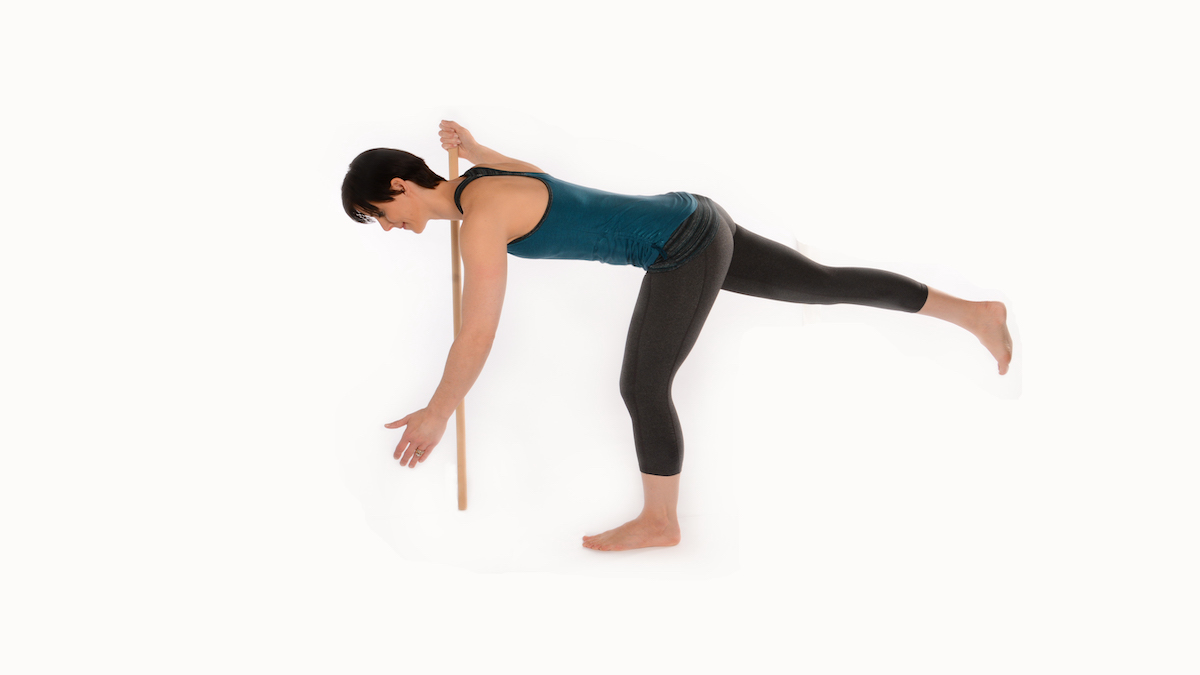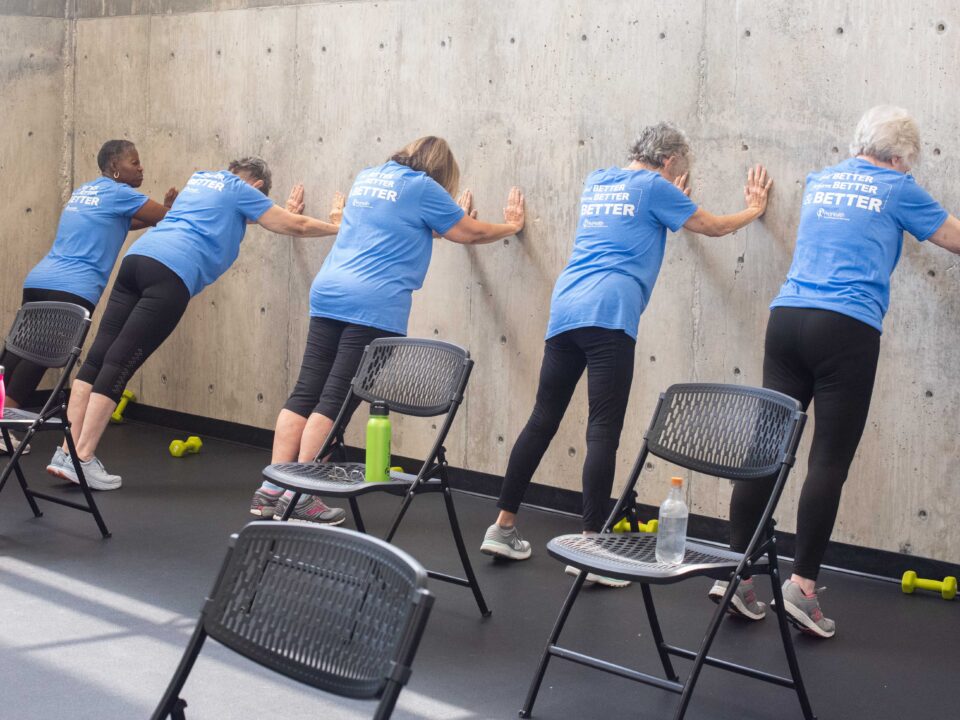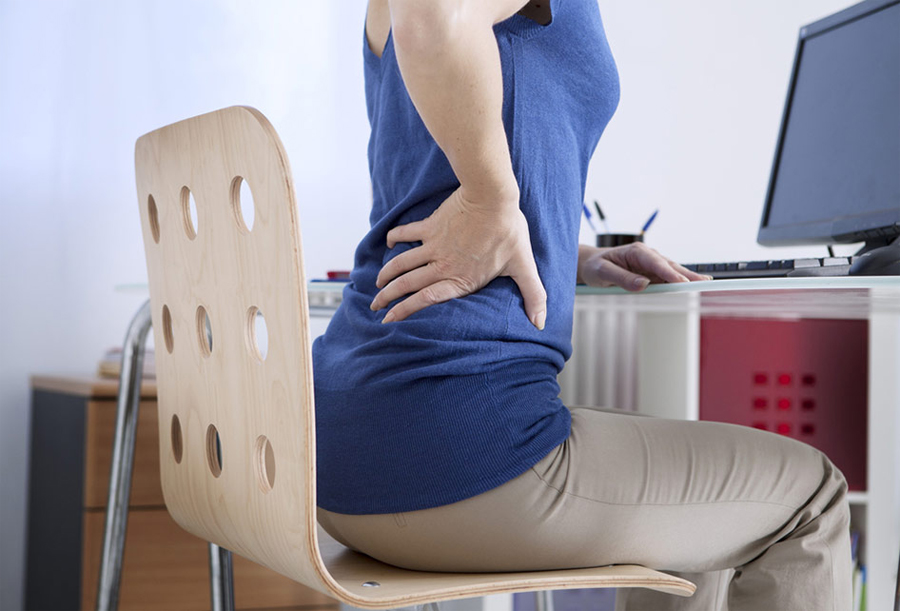- Mon - Fri
7.30 AM – 5.30 PM
Other hours upon request - 770-487-1931
Loosen limbs with your Pilates practice: How to improve flexibility

Is waking up with stiff joints or ending your day with a tight back part of your daily life? If so, you’re not alone. But have hope; there are ways to reduce your pain and improve your flexibility.
Pilates is often cited as a great, low-impact exercise for those looking to loosen their limbs and move their muscles. In this blog post, we’ll discuss how Pilates can help maximize your flexibility.
Will Pilates loosen tight muscles?
Tight muscles result from various stimuli, including a new workout routine or overexercising. Conversely, tight muscles can also result from insufficient exercise and movement altogether. For limber, healthy joints, striking the right balance of movement is vital.
If you are new to exercise, Pilates can help loosen tight muscles that have been underutilized. Pilates is a low-impact, mind-body exercise that is great for beginners of all ages and conditions. Tight muscles can also result from recovery from surgery, injury or giving birth. In these situations, Pilates is a gentle, safe way to aid the body in recovering through a balanced practice of stretching and strengthening.
For the experienced gym goer or athlete, tight muscles may result from overtraining or an imbalanced workout. Pilates is excellent for cross-training to reduce muscle soreness, prevent injury and increase flexibility.
How can I improve my flexibility for Pilates?
If you are new to Pilates, you may think you need to be flexible to start. This is not true.
Instead, a consistent practice of Pilates will help increase your flexibility safely and enjoyably. Traditional flexibility training is often taught with static stretches after the body is warmed up. While this can increase flexibility and mobility, some people find it uncomfortable and unenjoyable.
Instead, Pilates movements are designed to increase flexibility while exercising. You often don’t realize how much stretching your body goes through during your Pilates workout. However, after several Pilates sessions, you’ll likely notice you’ll move through your day more gracefully and effortlessly.
How long does it take to become more flexible with Pilates?
Increasing flexibility with Pilates takes time and will be different for each person. Our current level of well-being and how often Pilates is practiced will be the main determinants of how quickly flexibility increases. Age, chronic health issues, past injuries and natural flexibility levels are also contributing factors.
Joseph Pilates famously said about seeing results from his method;
“In 10 sessions you’ll feel the difference; in 20 sessions you’ll see the difference; and in 30 sessions you’ll have a whole new body.”
Most Pilates professionals agree and recommend practicing three times a week for one hour during each session. Some people enjoy breaking this down into 30 minutes a day, six days a week. If flexibility and mobility is your primary goal, a shorter daily practice may help reduce regular joint stiffness and pain.
When you decide to start Pilates to increase your flexibility, let your Pilates instructor know. This way, they can customize your sessions to meet your goals. ProHealth Physical Therapy and Pilates in Peachtree City, GA is ready to help you get started. With classes online and in-person, you can begin your Pilates practice today.




